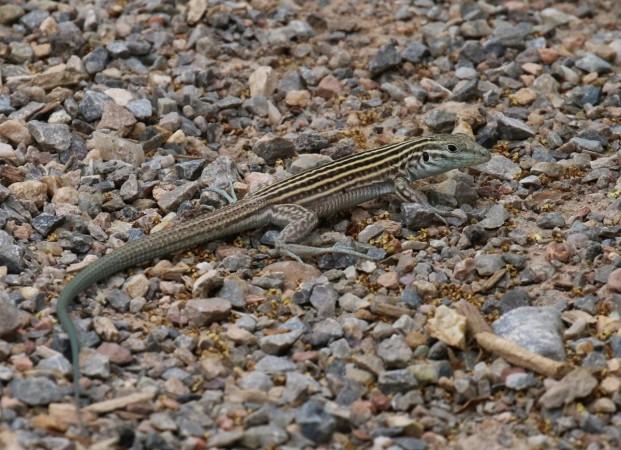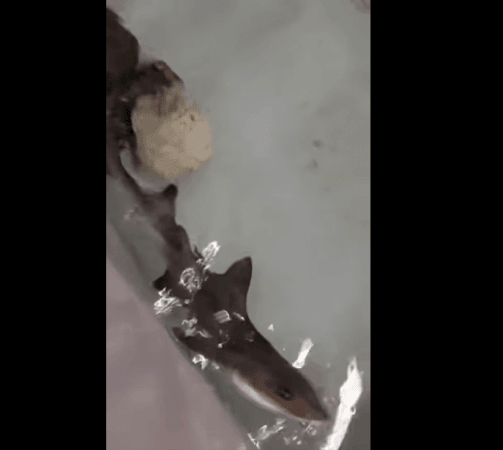Scientists have studied animals for centuries. The existing collective knowledge about numerous species has established with some degree of certainty what their respective modes of reproduction are. However, every now and then, nature chooses to throw a curveball. An aquarium on an Italian island bore witness to one such surprise—the birth of a baby shark in a tank that housed only female sharks.
The Acquario Cala Gonone, a marine center in the island of Sardinia (an autonomous region of Italy) recently reported that a baby smooth-hound shark (Mustelus Mustelus) was born to a shark that shared its tank only with another female. Officials presume that this could potentially be the first known case of parthenogenesis—a form of asexual reproduction—among smooth-hound sharks.
"If confirmed by DNA analysis, it would be the world's first documented parthenogenesis documented by Mustelus Mustelus. Ispera, the name chosen for the little one, in Sardinian means hope and a birth in the Covid era it certainly is," the aquarium said in social media post.
No Males, Thank You

Parthenogenesis literally means 'virgin birth' (Greek: Parthenos means 'virgin' and genesis means 'birth' or 'origin' or 'creation'). It is a form of asexual reproduction when a female gamete or egg develops into an offspring without being fertilized by the male gamete or sperm. It is not unheard of among animals. Certain species of invertebrates such as roundworms, few species of ants, bees, and scorpions, among others, are known to reproduce this way.

Vertebrates from few species of amphibians, lizards, snakes, and birds can also reproduce through parthenogenesis. For example, New Mexico whiptail (Aspidoscelis neomexicanus) is an exclusively female species of lizards that reproduce like this. However, in certain animals, it is an optional mode of reproduction. Komodo dragons (Varanus komodoensis)—that generally reproduce sexually—are have been found to occasionally bear offspring through parthenogenesis.

What makes Ispera's birth special is that her mother shares her large pelagic tank with only another female. Parthenogenesis has not been reported in the smooth-hound sharks so far; making the little shark's birth significant. Offering a potential explanation for this occurrence the Facebook post said, "One of the most common mechanisms that allow this type of reproduction is one where the egg is fertilized by another still immature egg cell, which actually acts almost like a sperm."
May Join a Special List

Little Ispera's surprise birth is of great scientific importance. As of now, parthenogenetic reproduction has been confirmed only in three species of sharks—the blacktip shark (Carcharhinus limbatus, a species of requiem shark), the bonnethead (Sphyrna tiburo, a small species of hammerhead shark, and the zebra shark (Stegostoma tigrinum, a species of carpet shark).
"It would therefore be a scientific discovery of considerable interest, since it could pave the way for research aimed at verifying how parthenogenesis is a process that the palombes use even in nature," the post said. DNA results—which are awaited—could very well make smooth-hound sharks the fourth species of sharks to reproduce parthenogenetically.

















